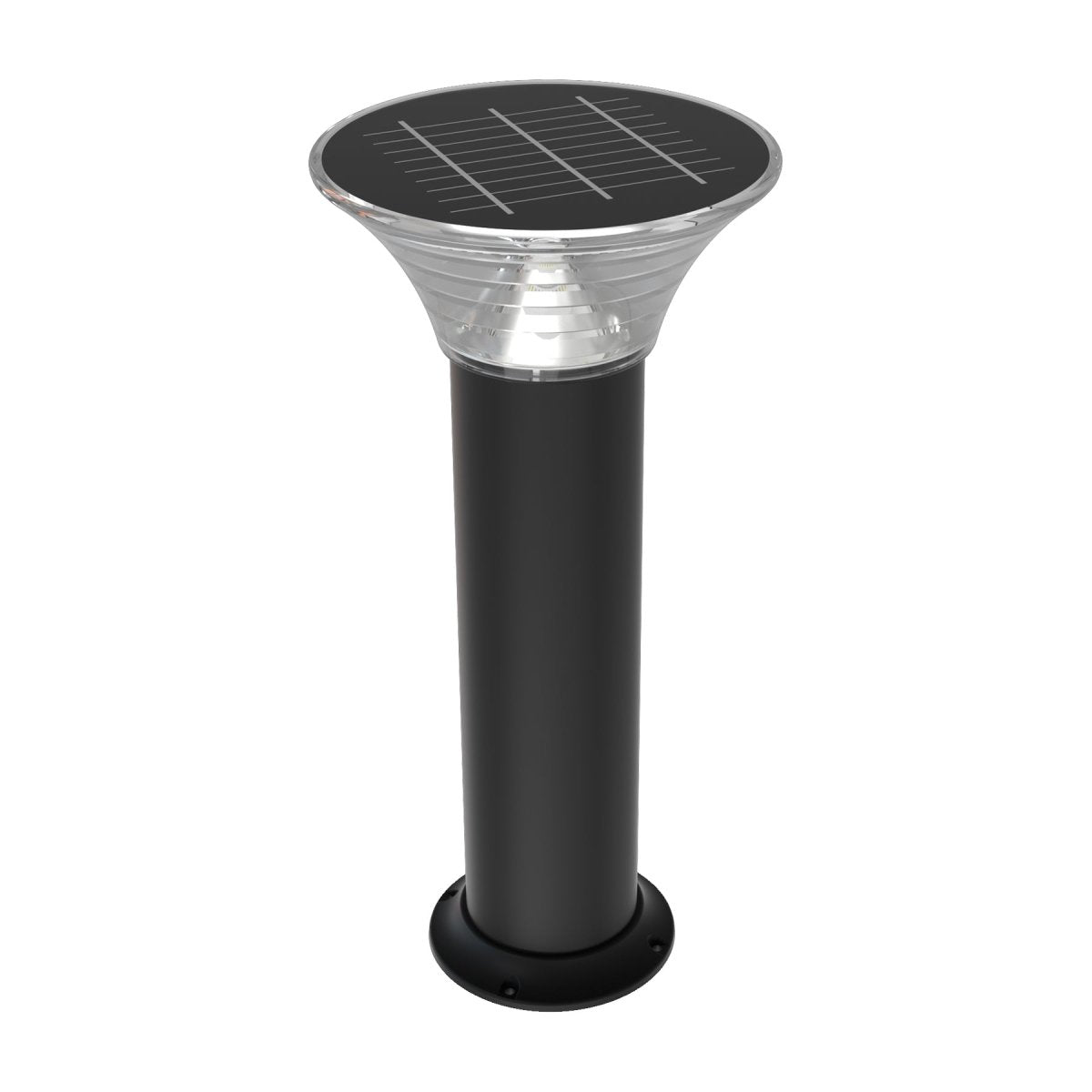Most of those requesting setup for outdoor lighting will eventually ask the rather very typical question, "Can outdoor lights be left outside in the rain?" It really is something that connects to the durability, safety, and longevity of outdoor lights, so today we will be listing the types of Waterproof Outdoor Lights, what makes them rain-resistant, and how to ensure they are safe for rainy conditions.
Understanding Waterproof Outdoor Lights
Waterproof outdoor lights are designed for keeping up with light output in a number of conditions, such as even heavy rain. They are manufactured from materials that include suitable seals which prevent the water from penetrating to vulnerable components, such as wiring or bulb, that may lead to malfunction or safety hazards.
Types of Waterproof Outdoor Lights:
- LED flood lights can be super bright and robust with the ability to light up vast areas. Some are water-resistant with an IP65 or IP66 rating.
- String lights are primarily used for decorative purposes, like some waterproof string lights, usually with an IP44 rating, making them survive in the light rain but not immersion.
- Wall Lights - In most cases, placed near an entrance or gate. It, for the most part, comes with an IP65 rating, so it should withstand rain or dust just fine.
IP Ratings: Decoding Waterproof and Water-Resistant Labels
When choosing outdoor lighting, one of the first things you'll need to decide on is the IP rating. Most IP ratings consist of two numbers. The first number of the IP rating deals with solid protection, such as dust, and the second number for water protection.
IP44: Protected from splashing water, suitable for use in light rain but it is much better not to place them.
IP65: Totally protected from jets of water having an inclination up to 100 degrees from their vertical. These are suitable for areas prone to open places and potential rain.
IP66: Provided with high-pressure jets of water. Suitable for the heaviest exposures to outdoor locations.
IP67 and IP68: Water proofed up to the extent of being submersible to protect water. The products can be used in areas which are prone to flooding or in areas where the lights may come into contact with water.
How to Make Sure that Outdoor Lights are Weatherproof
Outdoor lighting should be rain-friendly. You can make sure this with the following steps:
Check the IP Rating - Make sure your outdoor lights have a minimum IP65 rating if they get direct rains.
Seal Connections Properly - You may need waterproof connectors or electrical boxes to protect the wiring from water damage.
Inspect Periodically - Check out the outdoor lighting from time to time for signs of damage like wire frays or loose connections, since water could penetrate the same points.
Use Waterproof Components - Waterproof-rated outdoor lights made from robust materials like stainless steel or treated aluminum would be able to withstand rain and resist rust.
Benefits of Waterproof Outside Lights in Wet Weather
- Safety: Waterproof lights reduce the risk of electrical shock due to water exposure.
- Long Life and Cost-Efficient: Waterproof outdoor lights are built to face wet conditions, so you won't need to change them frequently in the long run.
- Good Brightness: Water-resistant lights remain bright even during the worst weather conditions; therefore, their radiance does not fade while illuminating the area.
- Excellent Aesthetic Value: Weather-resistant lighting enables you to create a nice-looking outdoor setting without considering the impact of rain on your lights.
Conclusion
- You are allowed to leave the outdoor lights outside when it's raining in cases when they are waterproofed and obtain an adequate IP grade.
- These are ideally rated for outdoors when the area does not close completely. The lights must be outdoored with a minimum of IP65 rating.
- It is quite important to ensure proper installation and regular maintenance.
Waterproofing outdoor lights are smart investments, especially for those who reside in areas that experience frequent rainfalls and showers. These guarantee beauty and safety regardless of whether your installation is done either for aesthetic or safety considerations.
























































































